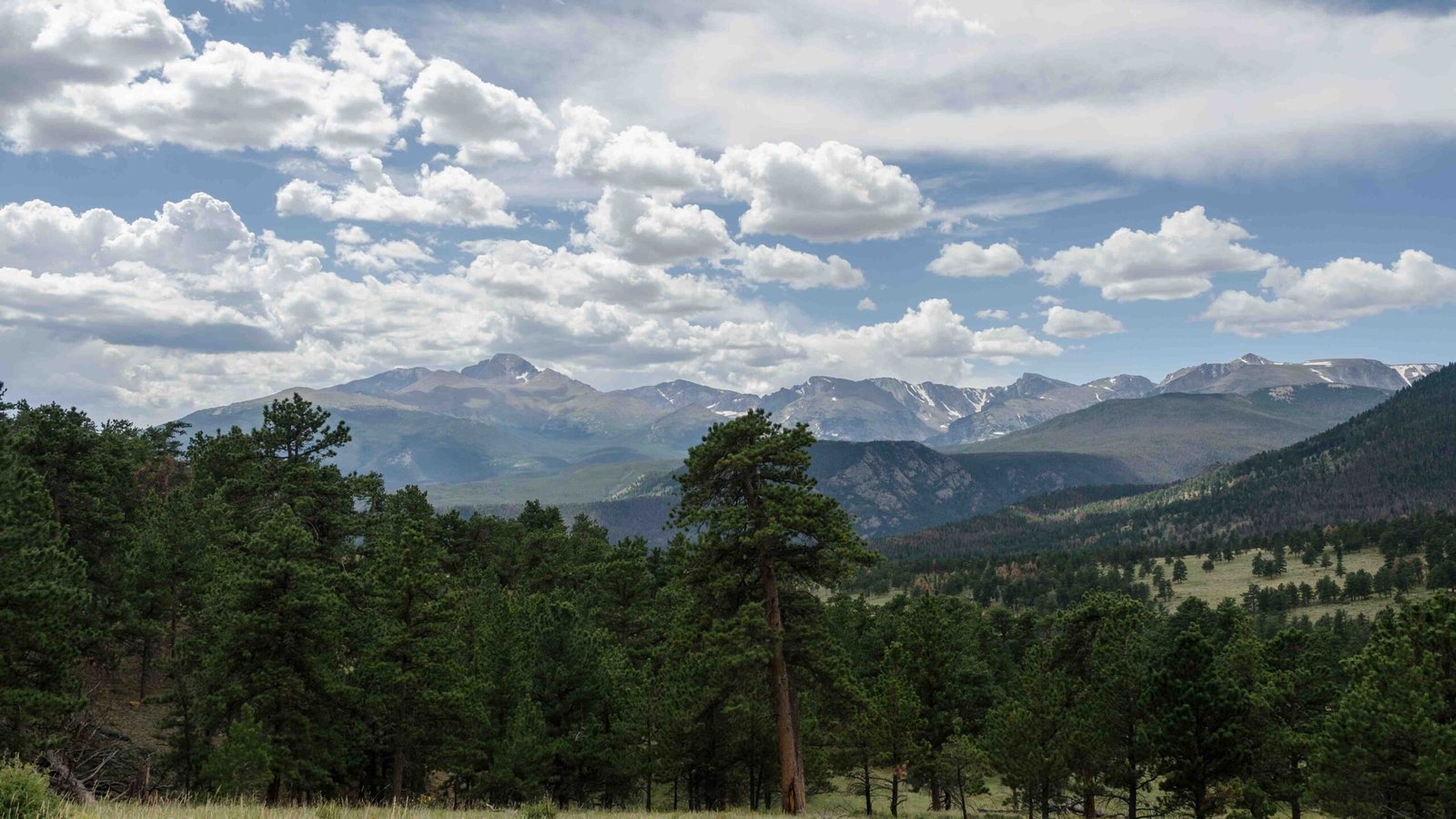Smoking is strictly prohibited in Rocky Mountain National Park campgrounds and most areas within the park. This regulation is part of comprehensive fire prevention measures and environmental protection policies. Visitors are only allowed to smoke inside enclosed vehicles or in specific paved areas devoid of vegetation. Understanding these rules is crucial for park visitors to avoid penalties and contribute to preserving the park’s natural beauty.
What Are the Specific Smoking Regulations in Rocky Mountain National Park?

Rocky Mountain National Park enforces stringent smoking regulations to protect its diverse ecosystem and prevent wildfires. Here’s a detailed breakdown of the smoking rules:
- General Prohibition: Smoking is banned throughout the park, including all campgrounds, trails, and natural areas.
- Vehicle Exception: Smoking is permitted only within an enclosed vehicle or a vehicle stopped in a developed paved area.
- Vegetation-Free Zone: When smoking in a stopped vehicle, there must be no vegetation within a 3-foot radius.
- E-cigarettes and Vaping: These are subject to the same restrictions as traditional smoking.
Why Are These Smoking Restrictions in Place?

The strict smoking regulations in Rocky Mountain National Park serve several crucial purposes:
- Fire Prevention: The park’s ecosystem is particularly vulnerable to wildfires, especially during dry seasons.
- Environmental Protection: Cigarette butts can harm wildlife and contaminate soil and water sources.
- Air Quality Preservation: Maintaining clean air is essential for both visitors and the park’s flora and fauna.
- Visitor Experience: Smoke-free environments enhance the natural experience for all park visitors.
What Are the Consequences of Violating Smoking Rules?
Violating the smoking regulations in Rocky Mountain National Park can result in severe consequences:
| Consequence | Details |
|---|---|
| Fines | Ranging from $50 to $5,000 |
| Legal Action | Possible imprisonment for up to six months |
| Warnings | Verbal or written warnings from park rangers |
| Citations | Official citations that may require court appearances |
| Ejection from Park | In severe cases, visitors may be asked to leave the park |
How Is the Smoking Ban Enforced in the Park?
While specific enforcement statistics are not publicly available, the park employs various methods to ensure compliance with smoking regulations:
- Ranger Patrols: Regular patrols by park rangers in campgrounds and popular areas.
- Visitor Education: Information dissemination through park literature, signage, and visitor centers.
- Community Reporting: Encouraging visitors to report violations to park authorities.
- Fire Safety Campaigns: Seasonal campaigns to raise awareness about fire risks and smoking regulations.
Are There Any Designated Smoking Areas in the Park?
Rocky Mountain National Park does not provide designated smoking areas within its boundaries. The only permissible locations for smoking are:
- Inside a fully enclosed vehicle
- In a stopped vehicle on a paved area with no vegetation within a 3-foot radius
This strict policy means that smokers must plan accordingly and be prepared to refrain from smoking for extended periods while exploring the park.
How Can Smokers Prepare for a Visit to Rocky Mountain National Park?
For visitors who smoke, planning ahead is crucial for an enjoyable and compliant park experience:
- Nicotine Alternatives: Consider nicotine patches or gum for use during your visit.
- Vehicle Breaks: Plan regular breaks to your vehicle for smoking if necessary.
- Off-Park Smoking Areas: Research nearby locations outside the park boundaries where smoking is permitted.
- Proper Disposal: Bring portable ashtrays for use in your vehicle to properly dispose of cigarette butts.
- Stay Informed: Check the park’s official website for any updates to smoking regulations before your visit.
What Other Fire Safety Measures Should Visitors Be Aware Of?
In addition to the smoking ban, Rocky Mountain National Park implements other fire safety measures:
- Campfire Restrictions: Campfires may be prohibited during high fire danger periods.
- Stove Use: Restrictions on the use of portable stoves and grills in certain areas or conditions.
- Fireworks Ban: A year-round prohibition on all types of fireworks within the park.
- Vehicle Maintenance: Ensuring vehicles are in good condition to prevent sparks from dragging chains or malfunctioning parts.
How Does the Smoking Ban Contribute to Park Conservation Efforts?
The smoking prohibition in Rocky Mountain National Park campgrounds and throughout the park is a critical component of broader conservation efforts:
- Ecosystem Protection: Prevents contamination of soil and water from cigarette butts and ash.
- Wildlife Safety: Reduces the risk of animals ingesting harmful cigarette remnants.
- Fire Prevention: Minimizes the chance of human-caused wildfires that can devastate large areas of the park.
- Air Quality Maintenance: Helps maintain the pristine air quality that the park is known for.
- Litter Reduction: Significantly reduces cigarette-related litter in campgrounds and on trails.
By adhering to these regulations, visitors play an active role in preserving the natural beauty and ecological integrity of Rocky Mountain National Park for future generations.
What Resources Are Available for Visitors Regarding Park Regulations?
Rocky Mountain National Park provides various resources to inform visitors about park regulations, including the smoking ban:
- Official Website: Comprehensive information on park rules and regulations.
- Visitor Centers: Staff available to answer questions and provide guidance.
- Park Brochures: Detailed information on park policies distributed at entrance stations.
- Campground Hosts: Volunteers who can provide information to campers about park rules.
- Interpretive Programs: Educational sessions that often include information on park conservation efforts and regulations.
By utilizing these resources, visitors can ensure they are well-informed about park policies and can enjoy their visit while respecting the park’s natural environment.
References:
1. Complete Fire Ban in Place at Rocky Mountain National Park – National Park Service
2. Current Fire Information & Regulations – Rocky Mountain National Park – National Park Service
3. Rules & Regulations – Rocky Mountain National Park – National Park Service

